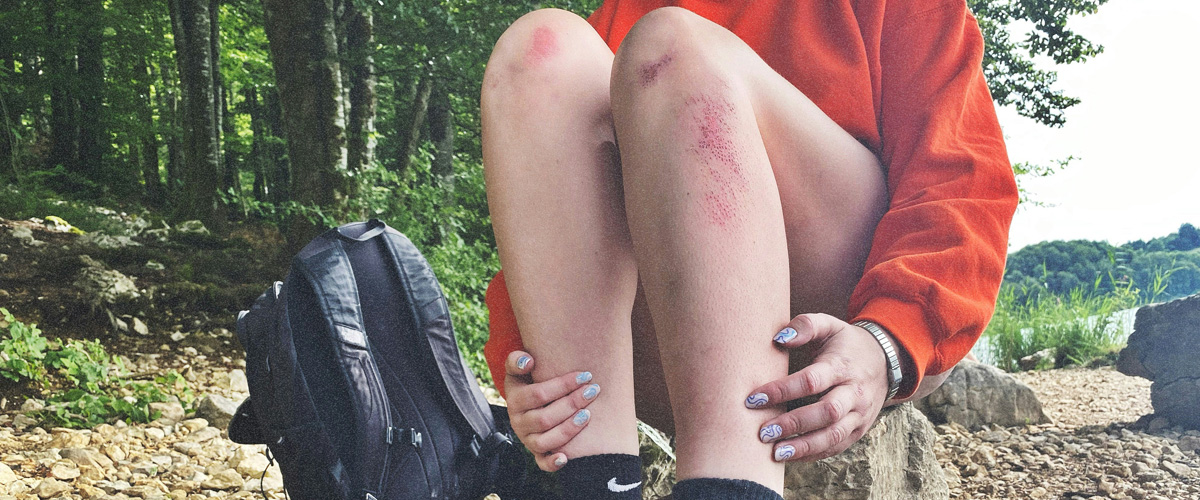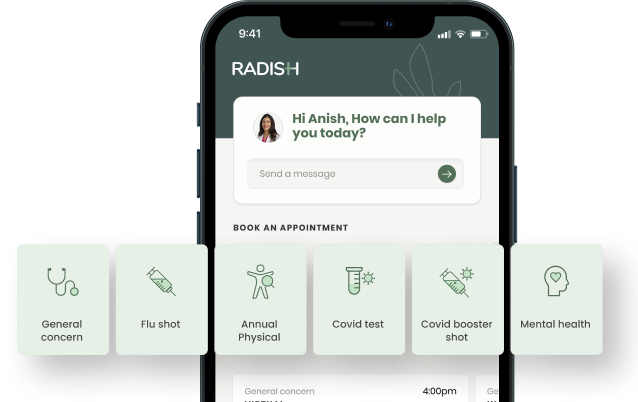First Aid for Cuts and Scrapes

Jason Sellers, MD
Accidents happen, and minor cuts and scrapes are common – especially in the summer when we’re outside and staying active! Knowing how to treat minor injuries properly can prevent infection and promote healing. Here’s a quick guide to first aid and when to seek medical help.

Minor cuts and scrapes are common injuries that many kids and adults will experience at some point this summer. Knowing how to properly administer first aid for these minor wounds can prevent infection, reduce pain, and promote faster healing. This guide will walk you through the essential steps for treating cuts and scrapes and help you determine when it’s time to seek medical attention.
Step-by-Step First Aid Guide
- Stay calm and assess: minor injuries such as cuts, scrapes, and bruises can be treated at home, while deeper cuts or those that won’t stop bleeding may require medical attention.
- Wash your hands and apply pressure: most minor cuts and scrapes will stop bleeding on their own within a few minutes.
- Clean the wound: rinse under cool, runny water to remove dirt and debris. Simple is best – mild soap and water are generally sufficient to clean the area.
- Apply an antiseptic: after cleaning, apply an antiseptic ointment or cream to prevent infection and keep the wound moist, which promotes healing. Some options include Neosporin or Bactine, but note that some people may experience skin irritation with these products. After a day or two, switch to a non-medicated healing ointment such as Aquaphor.
- Cover the wound: protect with a sterile bandage or adhesive strip to keep the area clean and prevent bacteria from entering. The bandage can be changed daily.
- Monitor for infection: check the wound daily for signs of infection, such as increased redness, swelling, warmth, pain, or discharge.
When to Seek Medical Attention
- Deep or large wounds: if the cut is deep, or longer than half an inch, or the edges cannot be easily closed, it may require stitches.
- Uncontrolled bleeding: if bleeding doesn’t stop after applying pressure for 10-15 minutes, seek medical attention immediately.
- Dirty wounds: if there may be glass, dirt, or other debris in the wound that cannot be removed easily, see a doctor to have the area treated. You may also need an updated tetanus booster depending on the wound.
- Signs of infection: redness, swelling, increased pain, warmth, or pus discharge may indicate an infection that needs antibiotics.
- Animal bites: no matter how minor, let your doctor know. You may need a short course of antibiotics to prevent certain bacterial infections.
- Underlying health conditions: if you have diabetes, poor circulation, or a compromised immune system, let your doctor know even about minor wounds to help prevent complications.
Knowing how to properly administer first aid for cuts and scrapes can help the healing process and prevent complications. By following these steps and recognizing when to seek medical attention, you can ensure that minor injuries remain just that – minor. Stay prepared, stay informed, and always prioritize safety. You can help prevent minor injuries by staying vigilant and wearing protective gear when appropriate (ie when biking or rollerblading).
Chat with your Radish doctor if you’ve sustained an injury, no matter how minor, to get personalized advice on how to manage it and optimize healing. Your health and well-being are worth it!
Request a Free Demo
Learn how Radish Health can help you improve employee health and save on healthcare.
Request a Demo